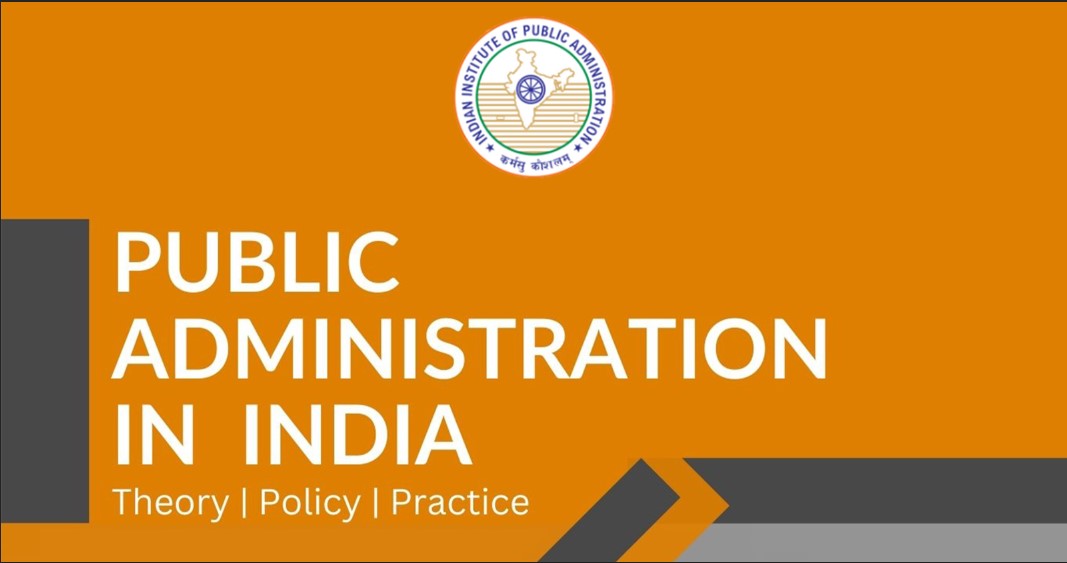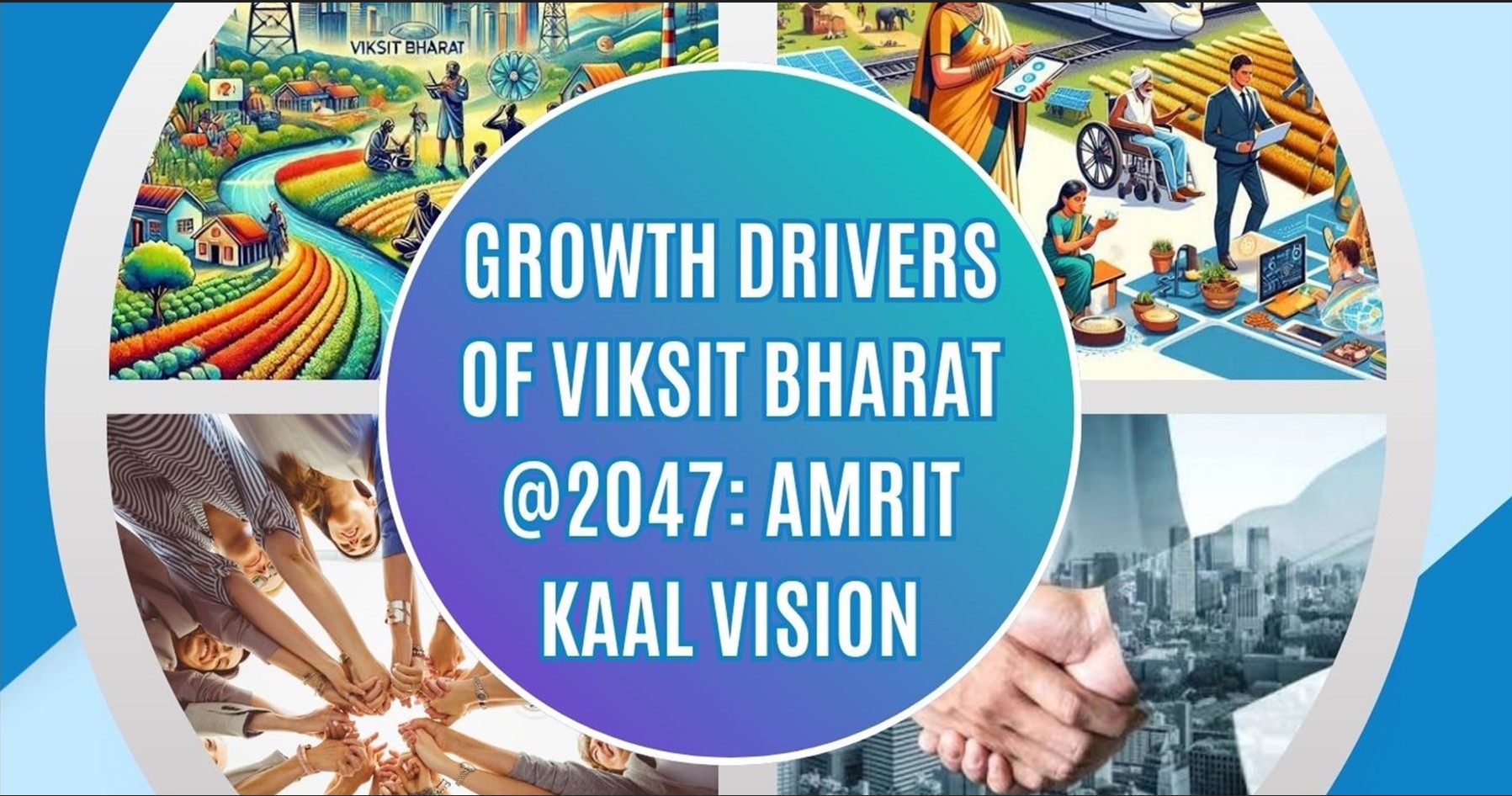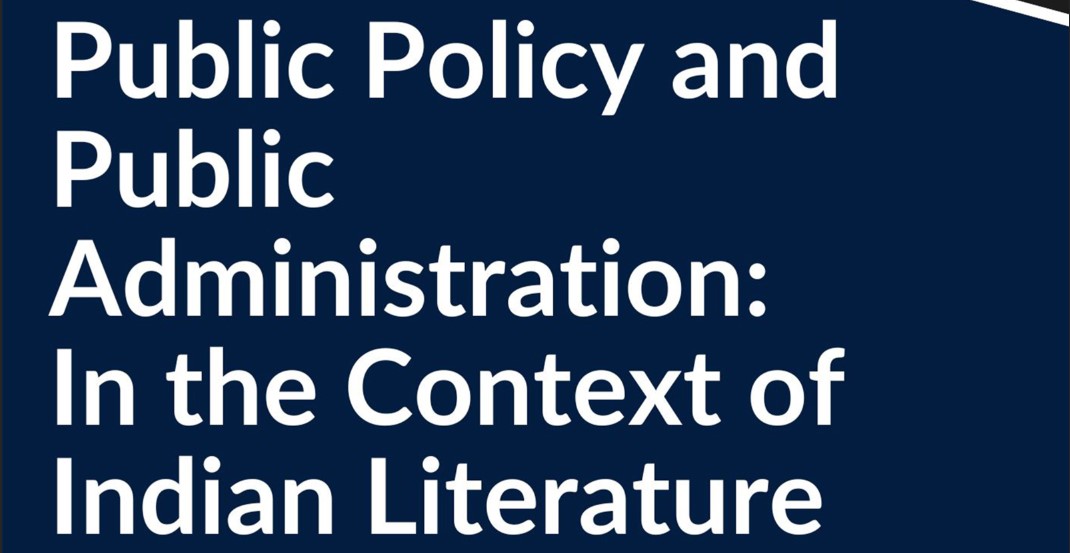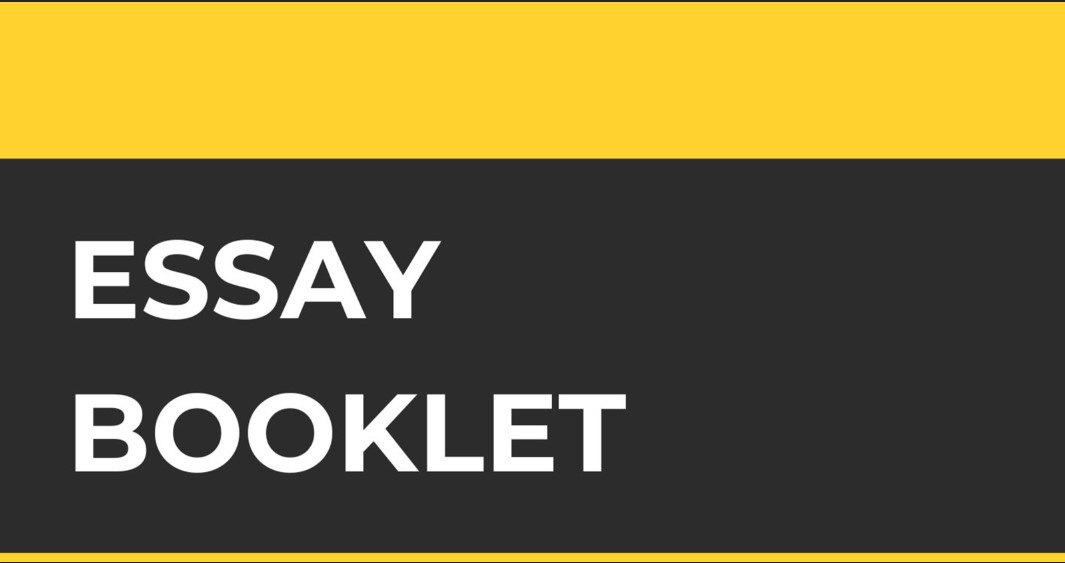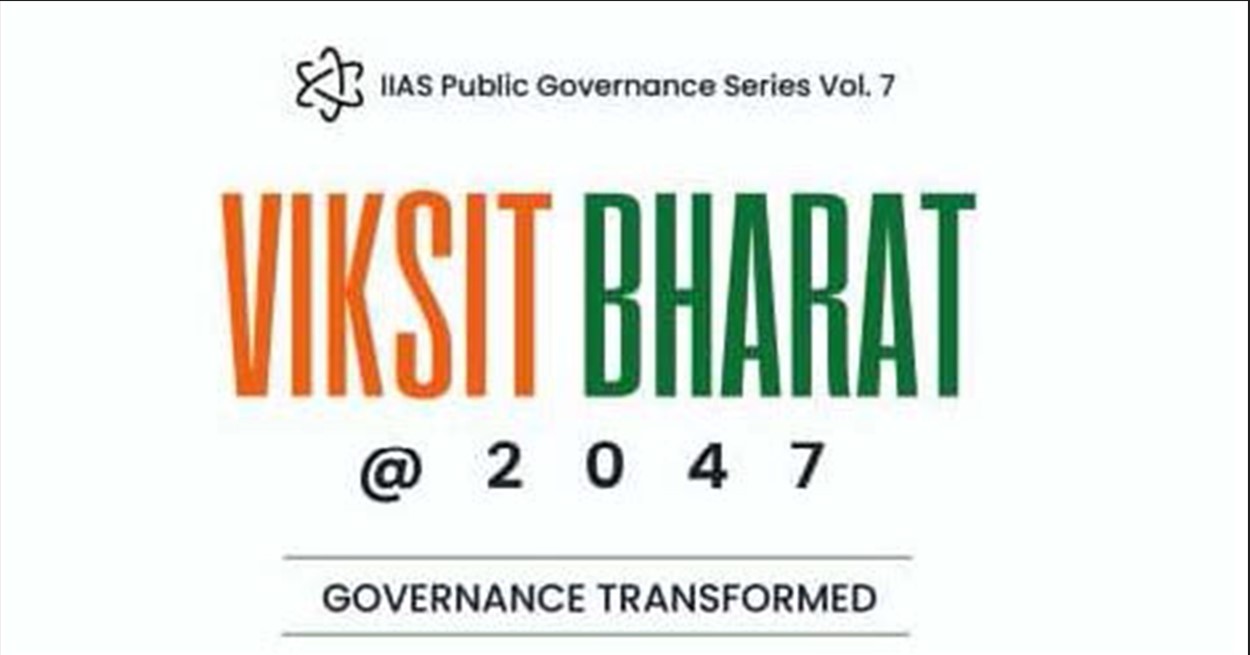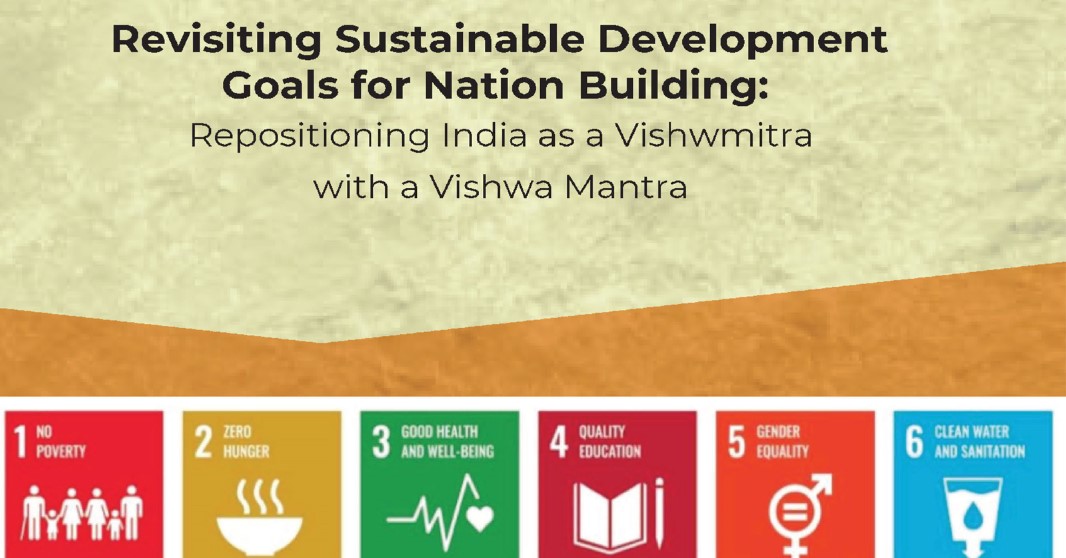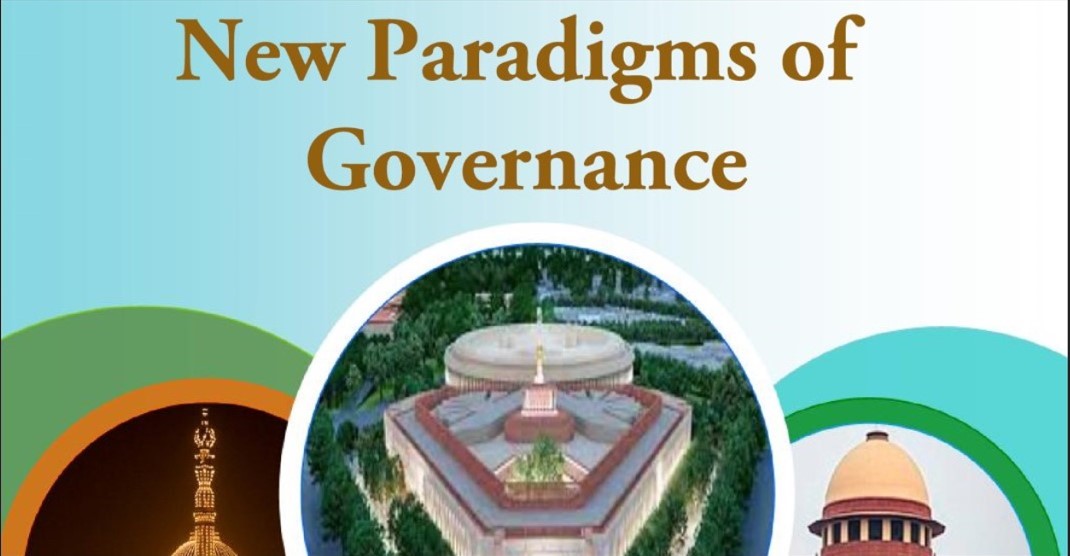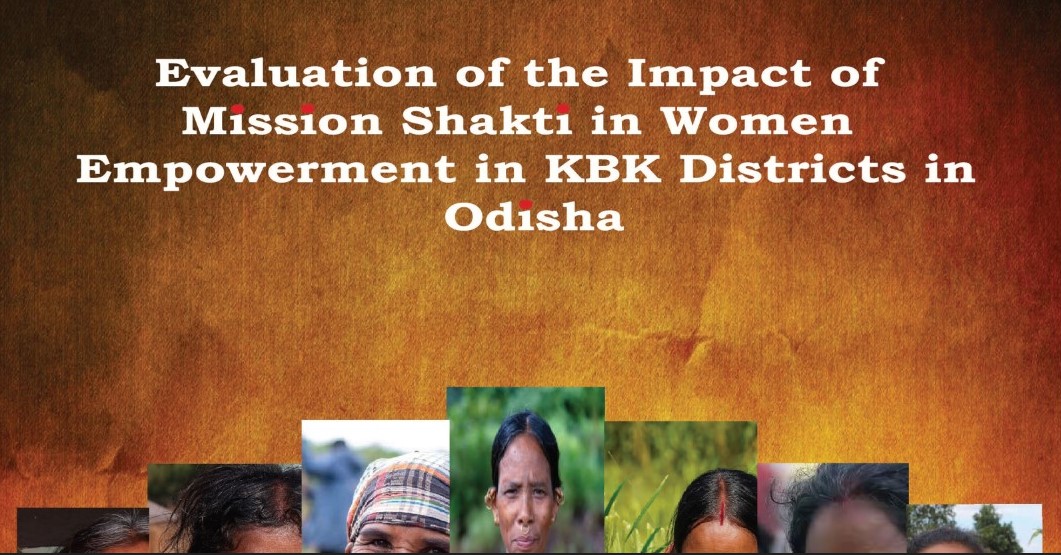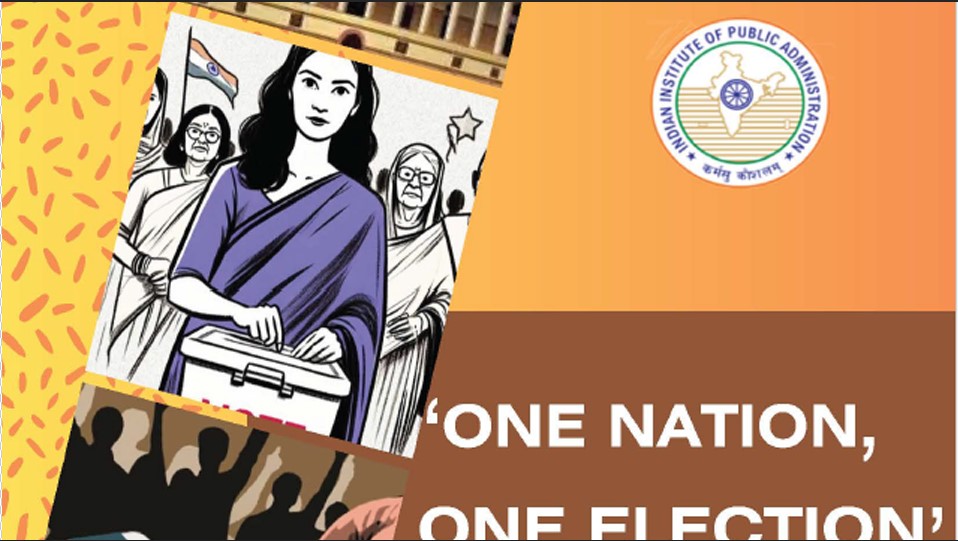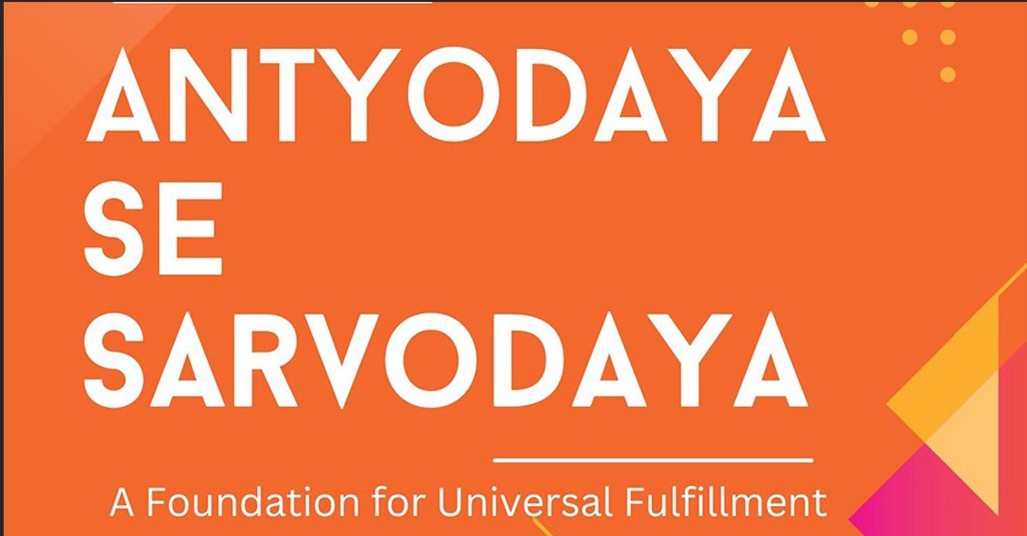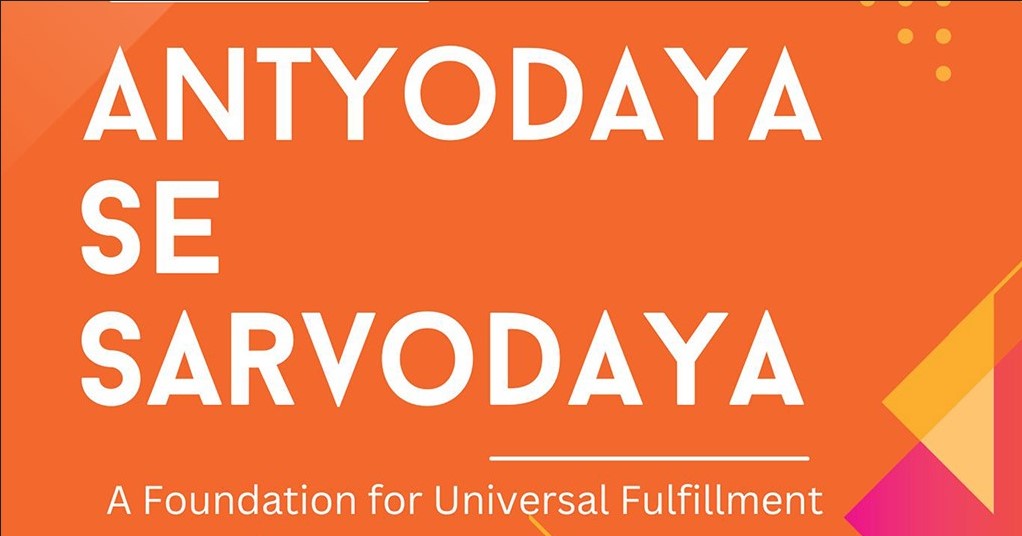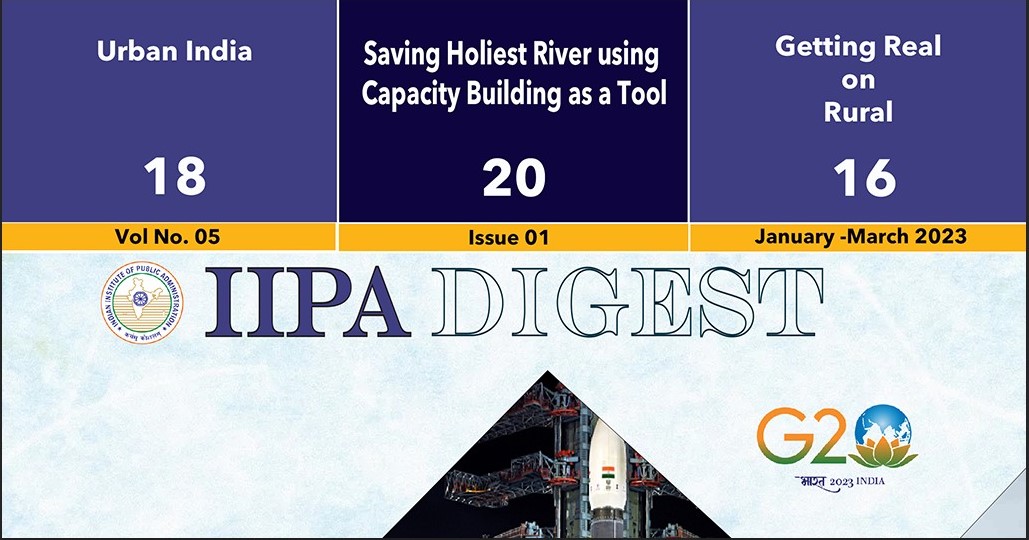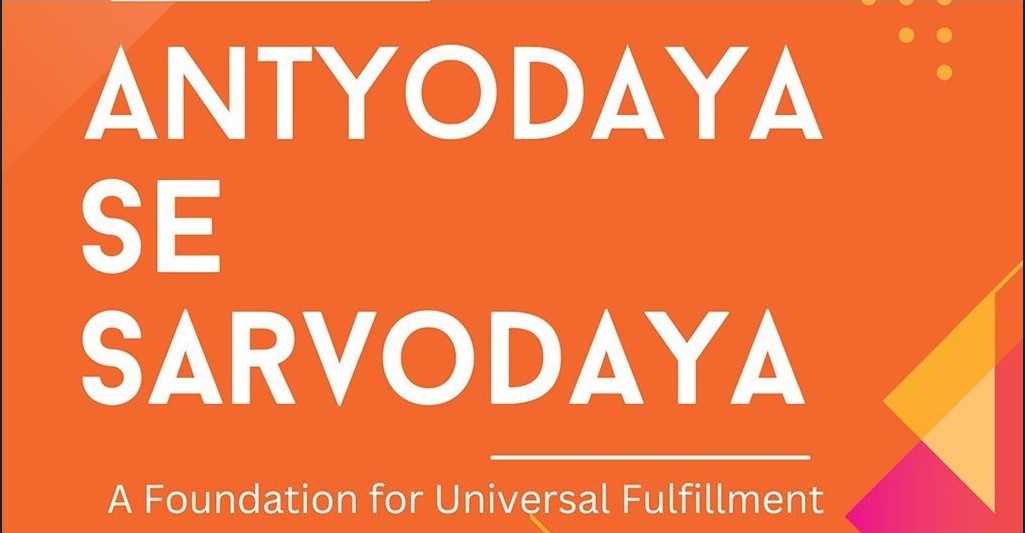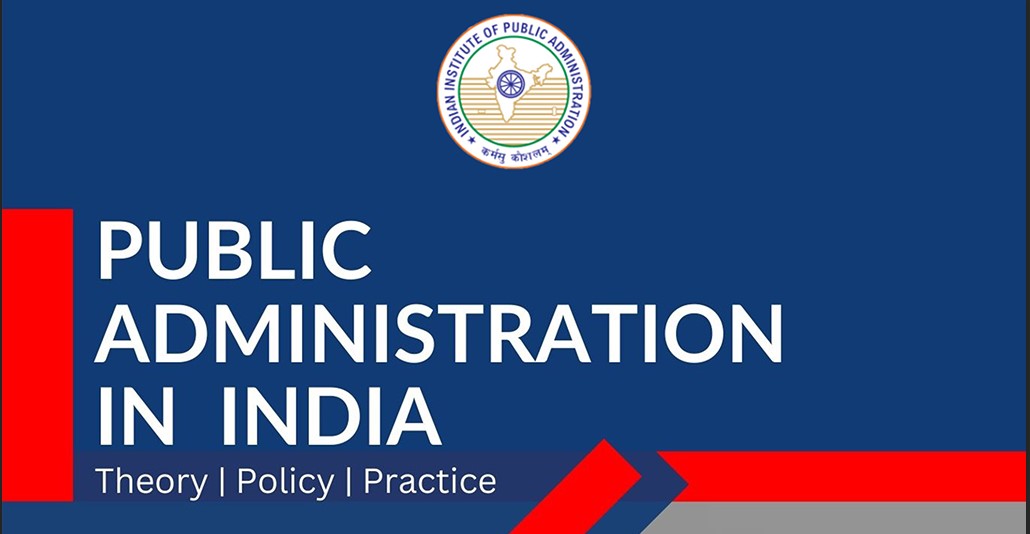Public Institutions and Market
Introduction
There is a rich body of scholarly and secondary literature on public institutions and markets in ancient India, particularly as documented through regional literature. These resources cover the political, social, economic, and administrative frameworks that governed ancient societies and markets. Regional literatures document a complex system of public administration embedded within a broader ethical framework of duty and righteousness.
The economic and political life of ancient Indian society was grounded in the concept of dharma, a multi-dimensional notion encompassing law, duty, morality, and order, which permeated all social interactions including trade and governance (Mehta, 2018). Dharma thus created an ethical basis for public intervention in markets to prevent malpractices such as hoarding, black-marketing, and adulteration, fostering a righteous and duty-centered society.
Public institutions, encompassing assemblies (sabhas), guilds (srenis), and royal treasuries, were not mere administrative tools but ethical constructs designed to balance prosperity with social harmony. Markets, in turn, thrived on barter networks, coinage innovations, and maritime ventures, often regulated to prevent exploitation while spurring innovation.
This chapter explores the roles and responsibilities of public institutions in market regulation in ancient India, drawing from the regional texts. It begins with Sanskrit foundations, moves southward to Sangam commerce, then eastward through Buddhist and Jain insights.
Market Regulation: State as Regulator and Competitor
Ancient India's economy was characterized as a mixed economy in which the state functioned simultaneously as regulator and market participant. Strategic sectors such as mining, salt production, coin minting, and liquor traffic were monopolized by the state to secure revenue and control critical resources (Mehta, 2018). This dual role was justified within the framework of dharma and welfare ideology, where safeguarding public interest justified market intervention.
Price control was a major tool of market regulation. The Arthashastra prescribed “just prices” with stipulated profit margins 5% for indigenous goods and 10% for imports and imposed fines on traders who violated these regulations (Mehta, 2018). Market weights and measures were standardized under state supervision to prevent fraud and maintain trust in commercial transactions. The Manusmriti similarly emphasized fair dealing and accountability in trade, providing rules on contracts, rescission, and penalty for adulteration or cheating.
Trade guilds (sreni) played an instrumental role in economic sectors, acting as both cooperative enterprises and regulators of quality and labor discipline, often coordinated with state authorities. Guilds managed artisan production, operated as banking entities, and exercised political influence in policy formulation, thus integrating private and public regulatory mechanisms.
Justice and Enforcement
The administration of justice was central to market regulation. Courts were organized at multiple levels handling contractual disputes, fraud, market offenses, and administrative corruption. Judges were expected to be impartial and were penalized for misconduct. Both sacred law (dharma shastras) and royal decisions formed the basis for judgments, creating a layered legal order that protected consumers, artisans, traders, and public interests (Mehta, 2018).
Social and Economic Context
Regulations and institutional roles in market governance were also shaped by the social stratification inherent in the varna system. Access to finance, trade opportunities, and legal protections varied with caste, reflecting the socially differentiated economic order documented in Manusmriti and regional texts (Mehta, 2018). Economic activities were largely agrarian supplemented by trades, crafts, and maritime commerce, linking Indian markets domestically and internationally through ports like Kaveripattinam.
The Sanskrit literature presents a blueprint for a state that is dominant. The economy is not an autonomous sphere but an arena to be meticulously managed to enhance the power of the state, summarized in the concept of the seven limbs of the kingdom (saptāṅga), where the treasury (kośa) and the army (daṇḍa) are paramount (Kangle, 1965).
The text outlines the Superintendent of Agriculture is to manage the cultivation of royal lands; the Superintendent of Mines is to nationalize all mineral resources; the Superintendent of Commerce is to control trade through price-fixing, quality control, and the management of state-run warehouses (Shamasastry, 1929).
This ideology of control is rooted in a deep-seated suspicion of private economic actors, particularly merchants. Kautilya famously refers to merchants as “thieves who are not called by the name of thief”and prescribes strict regulations to curb their profit margins (Kangle, 1965).
The Market in Northern and Central India
The literary traditions of Buddhism and Jainism, composed in Pali and various Prakrit dialects, these texts were intended for a wide audience of monks, nuns, and lay followers, including a substantial number of merchants and artisans (seṭṭhi and sippika). Their incidental descriptions of economic activity are thus less concerned with political ideology and more reflective of lived experience.
On the one hand, it confirms the active presence of the state as a regulator and tax collector, but on the other, it reveals the emergence of the Buddhist monastic community (Saṅgha) as a formidable economic institution in its own right.
Perhaps more significantly, the Pali texts, particularly the Vinaya Piṭaka (the book of monastic discipline), document the rise of the Saṅgha as a major public institution with a profound economic impact. While individual monks were forbidden from possessing personal wealth, the monastery (vihāra) as a corporate entity was permitted to accept and accumulate vast donations from the laity.
Over time, these monasteries became major landowners through royal grants and lay endowments. The monastery thus became a significant economic hub: a major consumer of goods and services, an employer of workers, and a landowner that extracted surplus from its tenants. The Saṅgha created a parallel economic circuit, subtly challenging the state’s ambition to be the sole recipient and redistributor of social surplus (Ray, 1986).
Perspectives on Wealth and Trade in Prakrit Literature
A key contribution of Jain literature is its focus on the institutionalization of charity, particularly the concept of the "fourfold gift" (caturvidha-dāna) to monks, nuns, laymen, and laywomen. Wealthy merchants were expected to fund the construction of temples (jinālayas) and rest-houses for ascetics, and to support the broader community. This created a flow of capital that was managed by Jain trusts and associations, which functioned as another set of semi-public institutions operating alongside the state and the Buddhist Saṅgha.
These Jain bodies managed vast resources, commissioned art and architecture, and provided a social safety net for the community, further demonstrating the pluralistic nature of institutional life.
Public Institutions in Sanskrit Literature
At its core lies the concept of rajadharma, the king's duty to nurture prosperity without autocracy, a theme recurrent in epics and treatises. The Rigveda mentions early assemblies ; the sabha and samiti as forums for deliberating trade disputes and resource sharing among tribes (Max Müller, 1859). These were not formalized bureaucracies but communal bodies, where elders mediated barter exchanges. As society stratified, the Manusmriti codifies varna duties, assigning Vaishyas oversight of markets while mandating royal protection of commerce to avert famine or unrest (Doniger, 1991).
The Mahabharata, elevates institutions through description. Bhishma instructs Yudhishthira on treasury management: revenues from krishi (agriculture) and vanijya (trade) must fund public works like reservoirs, ensuring market stability (van Buitenen, 1973–1978). Here, the king's council (mantriparishad) functions as an economic think tank, advising on tariffs to balance imports of horses from Central Asia with exports of spices.
Critically, Sanskrit sources idealize equity, yet imply elite biases; Shudras barred from high trade prompting challenges.
Evidences from Southern Peninsula
The economic history of the southern peninsula, particularly the Tamil-speaking region of Tamilakam, presents a distinct trajectory. Governed by the "three crowned kings" (mūvēntar) the Cholas, Pandyas, and Cheras this region’s prosperity was deeply intertwined with its role in the Indian Ocean maritime trade, connecting it with the Roman Empire, Egypt, and Southeast Asia. The Tamil Sangam literary body, a collection of secular poetry ,offers an unparalleled window into this trade-oriented political economy.
Public Works for a Maritime Economy
The Sangam poems are remarkable for their detailed descriptions of urban markets and port cities (paṭṭiṉam). The primary public policy of the Tamil kings appears to have been the active facilitation of this lucrative trade. The long poem Paṭṭiṉappālai provides a vivid ethnography of the Chola capital and premier port, Puhar (Kaveripattinam). It describes a bustling harbor where large ships arrive bearing "swift horses from beyond the sea" and unload their cargo, which is then taken to sprawling warehouses (paṇṭacālai) (Chelliah, 1985).
A crucial state apparatus was the customs office, staffed by diligent officials (cuṅkam) who are praised for their honesty. They would appraise the goods, levy the appropriate duty, and then stamp the merchandise with the king’s tiger seal, marking it as cleared for trade within the kingdom. This system of branding and quality control, backed by royal authority, would have been essential for creating a predictable and trustworthy trading environment attractive to foreign merchants, particularly the Yavanas (a term generally used for Greeks and Romans), who are mentioned as residing in their own quarters in the city.
Similarly, the poem Maturaikkāñci details the city’s meticulously organized markets, with separate streets for grain merchants, goldsmiths, textile sellers, and bronze-smiths. The maintenance of this security, the standardization of weights and measures (also guaranteed by the royal seal), and the construction of roads and infrastructure were the fundamental public policies that underpinned this flourishing market economy.
The king’s glory (pukaḻ) and righteousness (kōṇmai) were seen as being directly reflected in the prosperity of his kingdom, a prosperity fueled by trade. The revenue from customs duties on high-value prestige goods like pepper, pearls, beryl, and textiles was a far more significant source of royal income than a tax on agricultural surplus, which was less abundant than in the fertile Gangetic plains (Sastri, 1955). Consequently, public policy was aligned with the interests of the merchant community (vaṇikar).
Beyond the State: Temples and Local Bodies in the Marketplace
In the later part of our period of study, another institution began to assume immense economic importance: the temple. These temples, dedicated to deities like Vishnu and Shiva, became major landowners, controlling extensive tax-free lands (brahmadeya or devadāna) granted by kings (Sharma, 1987).
The temple as a public institution had a multi-faceted impact on the market. It was a massive consumer, purchasing large quantities of rice, oil, ghee, flowers, textiles, and other goods for its daily rituals and festivals, thus stimulating local production and trade. It was a major employer, providing livelihoods for priests, artisans, musicians, dancers, administrators, and agricultural laborers who worked its lands. Furthermore, like the guilds, larger temples began to function as banks, lending money to farmers and merchants and managing endowments. The temple thus became a nucleus of economic activity, often leading to the growth of entire market towns around it (Abraham, 1988).
Conclusion
This chapter has demonstrated that the formal state, embodied by the king and his administration, played an indispensable role. Across the subcontinent, public policy focused on providing the essential prerequisites for commerce: a stable currency, a degree of legal certainty, the protection of trade routes, and the creation of infrastructure. However, the application and emphasis of these policies were highly dependent on regional economic realities. In the agrarian heartlands of the north, the state’s orientation was more extractive and regulatory, while in the trade-dependent maritime south, it was more symbiotic and facilitative. The relationship between the sovereign and the marketplace was not fixed but was constantly being negotiated.
Crucially, the state did not act alone. It shared the stage with other powerful institutional actors that commanded immense economic power and social legitimacy. The merchant and artisan guilds (śreṇī) formed a subcontinent-wide network of self-regulating corporate bodies that managed trade, finance, and production with a remarkable degree of autonomy.
The ancient Indian economy, therefore, can best be understood as a mixed economy in an institutional sense. It was a complex ecosystem where the authority of the state overlapped and intersected with the autonomy of the guild, the sanctity of the monastery and temple, and the customary rights of the local community. This multi-centric institutional framework provided the market with a remarkable degree of resilience, allowing it to absorb political shocks and to flourish across diverse geographical and cultural zones.
The public institutions of ancient India exercised multifaceted roles in market regulation characterized by an intertwining of ethical mandates, administrative sophistication, and economic pragmatism. Rooted in the dharma-based social contract, the state sought to balance competitive market forces with welfare imperatives, deploying a complex regulatory apparatus to ensure fairness, stability, and prosperity in economic life. These ancient mechanisms, as preserved and elaborated in regional literature, provide valuable insights for understanding early governance of market economies and the role of institutions in shaping economic outcomes.
References
1. Abraham, M. (1988). Two Medieval Merchant Guilds of South India. Manohar Publishers.
2. Chelliah, J. V. (Trans.). (1985). Pattupattu: The Ten Tamil Idylls. Tamil University.
3. Doniger, W. (Trans.). (1991). *The laws of Manu*. Penguin Classics.
4. Doniger, W. (Trans.). (1991). The laws of Manu. Penguin Classics.
5. Kangle, R. P. (Trans.). (1965). The Kautilīya Arthaśāstra: A Study. Motilal Banarsidass.
6. Max Müller, F. (1859). A history of ancient Sanskrit literature. Williams and Norgate. http://indianculture.gov.in/rarebooks/history-ancient-sanskrit-literature
7. Mehta, P. S. (2018). Economic Regulations, Competition, and Consumer Protection in Ancient India. The Antitrust Bulletin, 1-14. https://doi.org/10.1177/0003603X18780557
8. Ray, H. P. (2003). The Archaeology of Seafaring in Ancient South Asia. Cambridge University Press.
9. Sastri, K. A. N. (1955). A History of South India: From Prehistoric Times to the Fall of Vijayanagar. Oxford University Press.
10. Shamasastry, R. (Trans.). (1929). Kautilya's Arthashastra (3rd ed.). Wesleyan Mission Press.
11. Sharma, R. S. (1987). Urban Decay in India (c. 300-c. 1000). Munshiram Manoharlal.
12. van Buitenen, J. A. B. (Trans.). (1973–1978). The Mahabharata (Vols. 1–3). University of Chicago Press.
Bibliography
1. Baruwa, S. (2007). Buddhist Charyapada & Bengali identity. Muktomona. https://gold.muktomona.com/Articles/Sona_Baruwa/Genocide.pdf
2. Bühler, G. (Trans.). (1886). The Laws of Manu. The Clarendon Press.
3. Chakravarti, R. (2016). Trade and Traders in Early Indian Society. Primus Books.
4. Cowell, E. B. (Ed.). (1895). The Jātaka or stories of the Buddha's former births (Vols. 1–6). Cambridge University Press.
5. Das, S. K. (2011). A history of Bengali literature. Sahitya Akademi.
6. Fick, R. (1920). The Social Organisation in North-East India in Buddha's Time. University of Calcutta.
7. George, R. (2019). A peek inside the thriving Tamil economy some 800 years ago. Quartz. https://qz.com/india/1166083/temples-merchants-and-ships-the-flourishing-tamil-economy-some-800-years-ago
8. Gombrich, R. (2006). Theravada Buddhism: A social history from ancient Benares to modern Colombo. Routledge.
9. Hart, G. L., & Heifetz, H. (Trans.). (1999). The four hundred songs of love and sorrow: The Purananuru of ancient Tamil. Columbia University Press.
10. Hart, G. L., & Heifetz, H. (Trans.). (1999). The Four Hundred Songs of War and Wisdom: An Anthology of Poems from Classical Tamil, the Purananuru. Columbia University Press.
11. Horner, I. B. (Trans.). (1966). The Book of the Discipline (Vinaya-Piṭaka), Vol. IV (Mahāvagga). Pali Text Society.
12. Jain, J. C. (1947). Life in ancient India as depicted in the Jain canons. New Book Company.
13. Jaini, P. S. (1979). The Jaina Path of Purification. University of California Press.
14. Kautilya. (1992). The Arthashastra (L. N. Rangarajan, Trans.). Penguin Classics. (Original work published ca. 300 BCE)
15. Maine, H. S. (1871). Village-Communities in the East and West. John Murray.
16. Mukerji, R. K. (1916). Public administration in ancient India. Macmillan.
17. Parthasarathy, R. (Trans.). (1993). The Tale of an Anklet: An Epic of South India (The Cilappatikāram of Iḷaṅko Aṭikaḷ). Columbia University Press.
18. Pillai, S. (2015). Economy of ancient Tamil country. Wikipedia. https://en.wikipedia.org/wiki/Economy_of_ancient_Tamil_country
19. Prasad, B. (1927). Ancient Indian political thought. Journal of Political Science.
20. Ray, H. P. (1986). Monastery and Guild: Commerce under the Sātavāhanas. Oxford University Press.
21. Rhys Davids, T. W. (1901). Economic conditions according to early Buddhist literature. Buddhist Texts Society.
https://cristoraul.org/ENGLISH/readinghall/THIRDMILLENNIUMLIBRARY/ANCIENT-INDIA/8_HISTORY-OF-INDIA_ECONOMIC-CONDITIONS-ACCORDING-TO-EARLY-BUDDHIST-LITERATURE.html
22. Saletore, B. A. (1938). The Jaina sources of the history of ancient India. University of Bombay. https://ia903403.us.archive.org/5/items/in.ernet.dli.2015.118376/2015.118376.The-Jaina-Sources-Of-The-History-Of-Ancient-India_text.pdf
23. Shah, M. . Sreni (guilds): A unique social innovation of ancient India. Infinity Foundation. https://www.infinityfoundation.com/mandala/h_es/h_es_shah_m_sreni.htm
24. https://www.infinityfoundation.com/mandala/h_es/h_es_shah_m_sreni.htm
25. Sircar, D. C. (1965). Select Inscriptions Bearing on Indian History and Civilization, Volume I. University of Calcutta.
26. Thapar, R. (1961). Aśoka and the decline of the Mauryas. Oxford University Press.
27. Thapar, R. (2002). Early India: From the Origins to AD 1300. University of California Press.
Leave a comment
More articles from Governance & Polity
